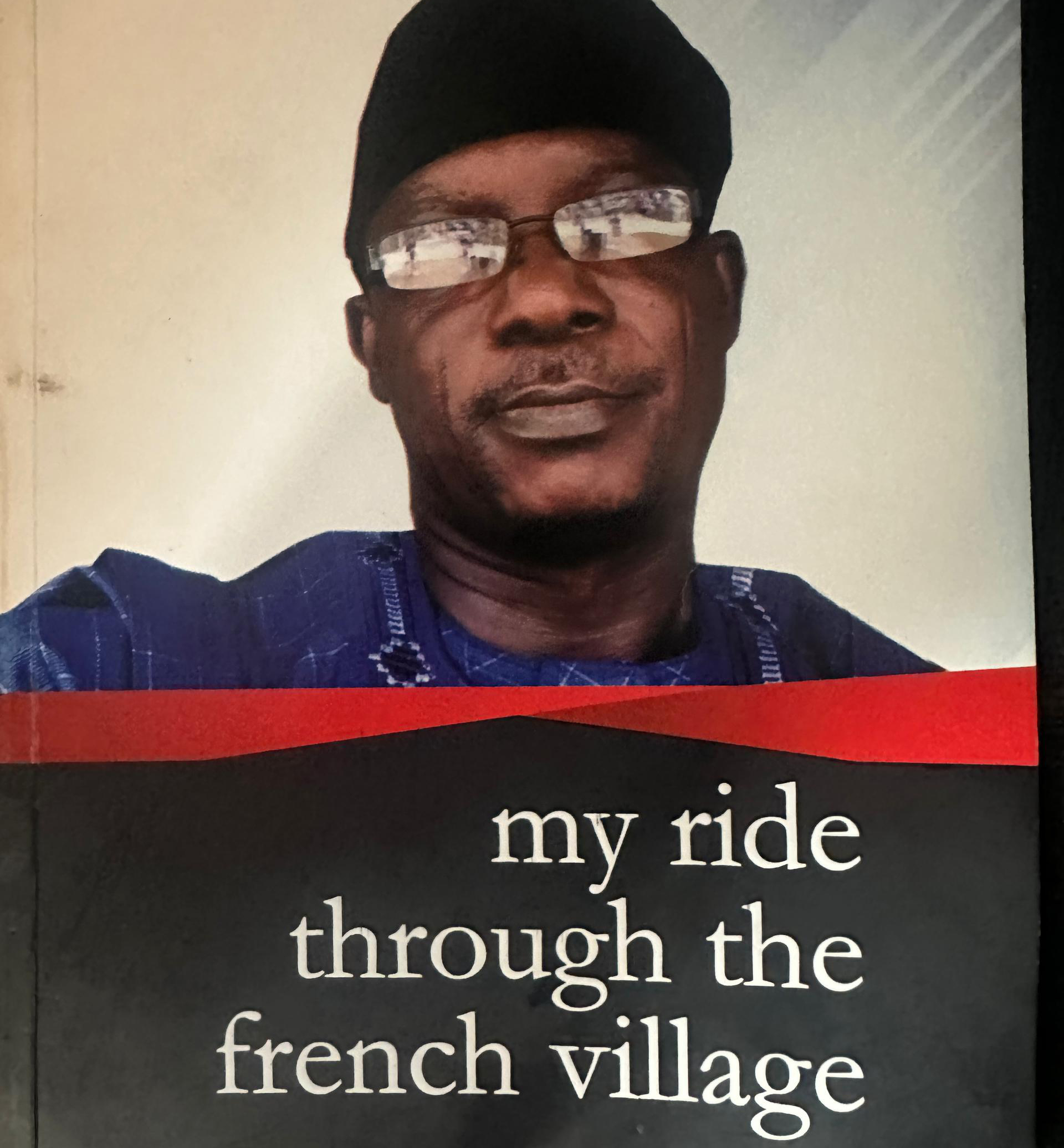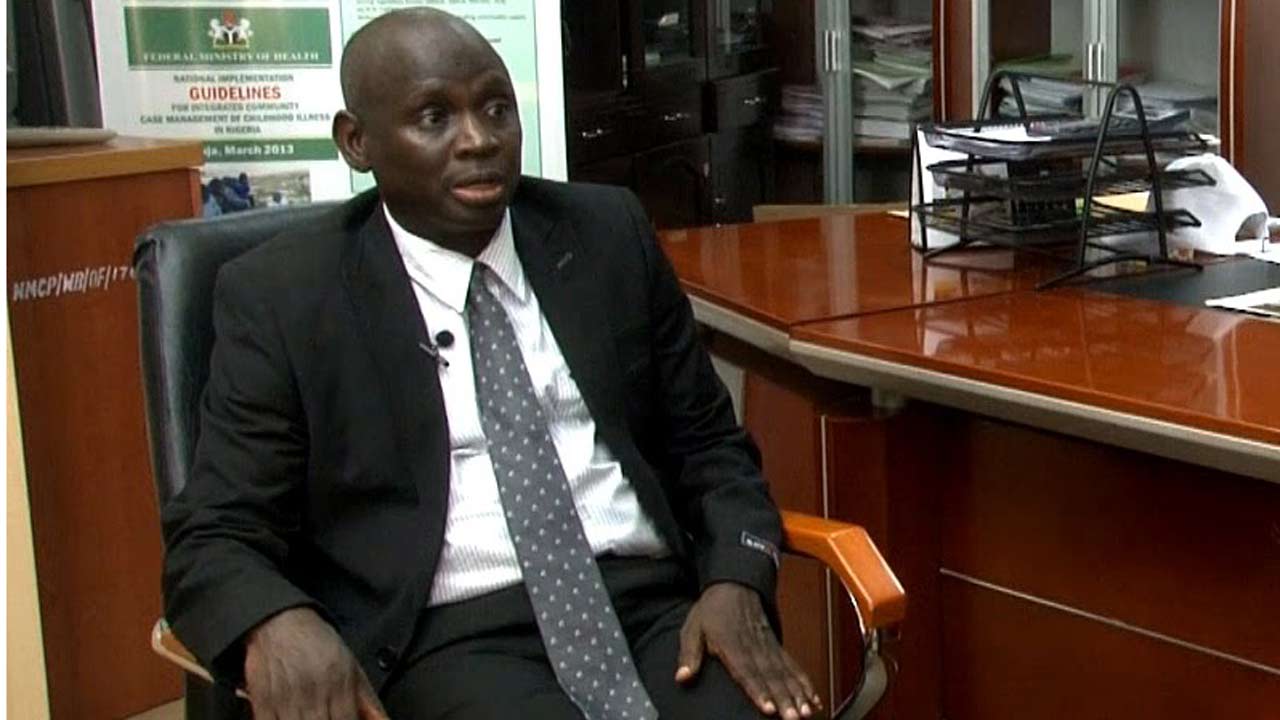More often than not, stewardship in academia is weighed by policies, figures, and institutional landmarks. Albeit, the truest accounts of leadership stem not from administrative reports but from the voices of those who have sojourned through the journeys themselves.
In My Ride Through the French Village, Lateef Babatunde Ayeleru, professor of French Language, Applied Linguistics, and African Literatures at the University of Ibadan (UI), and immediate past Director/CEO of the Nigerian French Language Village (NFLV), presents to readers, the nuanced and textured story of his five-year tenure at the Nigeria’s Inter-University Centre for French Language Studies.
Spanning 102 pages and eight chapters of narrative, highlights, and photographs, the text doubles as both a memoir and an archive, capturing the accomplishments, challenges, and impacts of his incumbency.
Unlike conventional leadership and motivational manuals, the book is ingrained in lived experiences. It transcends ordinary theories and speculation, drawing upon testimony and evidence. Fundamentally, the text is an institutional memoir blending personal narrative, cultural engagement, and administrative insight.
The opening chapter, Voyage of Life, sets the tone of the entire text. Here, Ayeleru introduces the readers to the start of his leadership, the application processes which include the rigorous interview process in October, 2019, and the doubtful wait for his eventual assumption of office. It is a typical threshold of any memoir.
Essentially, the first chapter introduces the role but the second, Making Badagry the New Home, announces the man behind the role. Relocating from a traditional university rich in diverse disciplines and perspectives to an institution devoted solely to French language study in the historic town by the coast of Lagos.
Remarkably, the chapter tackles the challenges that are familiar to many Nigerians, some of which are: navigating local politics, balancing established practices with academic expectations, and grappling with infrastructural laggings such as flooding, poor road conditions that hamper transportation.
Ayeleru acknowledges the financial constrictions he experienced in office, and these constraints served as a platform upon which bold goals were set, pursued, and achieved. The mentions of infrastructural renewal: renovations of hostels, guest house, library development, director’s office alongside the ongoing health centre overhaul; staff and students’ welfare and advancement: provision of scholarships, a two-week training in France for about 10 lecturers, growth in students’ enrolment and the awarding of 17 staff across departments: and advocacy and impact reflects the institution’s role as a diplomatic and educational bridge.
These developments are succinctly illustrated in the ‘before and after’ visuals presented in the text, thus extending its frontiers from the conventional memoir to a graphic narrative
The next three chapters describe the human element, Staff Welfare, Challenges, and DG in the Eyes of Staff, respectively. In chapter six, DG in the Eyes of Staff, introduces a third party lens as it shifts from the leader to the led, incorporating staff and non-staff tributes that offer a comprehensive assessment of his tenure. This approach reinforces a central idea, the measure of leadership lies not in self-appraisal but in the collective experiences of both leader and followers.
The seventh chapter, Media Outings, places the institution and the former director in the public eye. Clippings and features from several newspaper outlets further emphasise that leadership is both an internal and external performance; it must satisfy the immediate community, recipient, while projecting a positive face nationally.
Finally, the memoir concludes with gratitude notes, the past director’s farewell speech, and even coverage of a football match organised in his honour. These gestural exhibitions synthesise the narrative with humaneness, depicting a man who, after years of administrative and leadership rigour, exits office with milestones, appreciation, and community celebration.
Notably, the text draws its most recognisable strengths from its blend of narrative and documentation, structural organisation, and readability.
The photographs authenticate the experiences of the author and pose as an invaluable tool for researchers, policymakers, and subsequent directors of the institution, More so, the chronological movement of the plot from personal journey to community integration, from challenges to transformations, and from obstructions to tributes reflects the course of leadership itself: start, struggle, growth, and legacy.
Importantly, its brevity and use of accessible language aid its substantiality. However, while the photographs are a strength, they sometimes risk overshadowing the text. In the end, My Ride Through the French Village, transcends being a retirement memoir, it is a pivotal contribution to Nigeria’s academic and cultural record. Oftentimes, specialised immersion institutions like the NFLV fade into oblivion. Through documenting his tenure, Ayeleru has ensured the preservation and wider accessibility of the institution’s history. His administration serves as both a model of leadership reflection and a reminder that public service accrues its utmost meaningfulness when it is written, shared, and critiqued.






